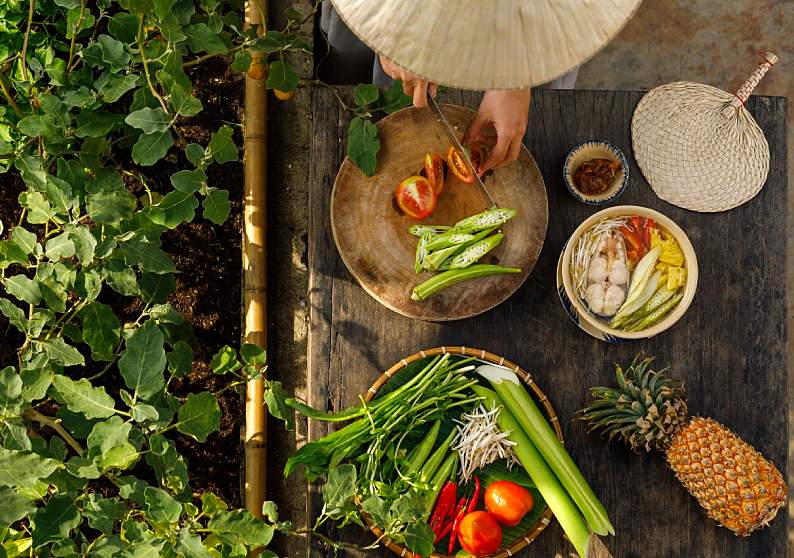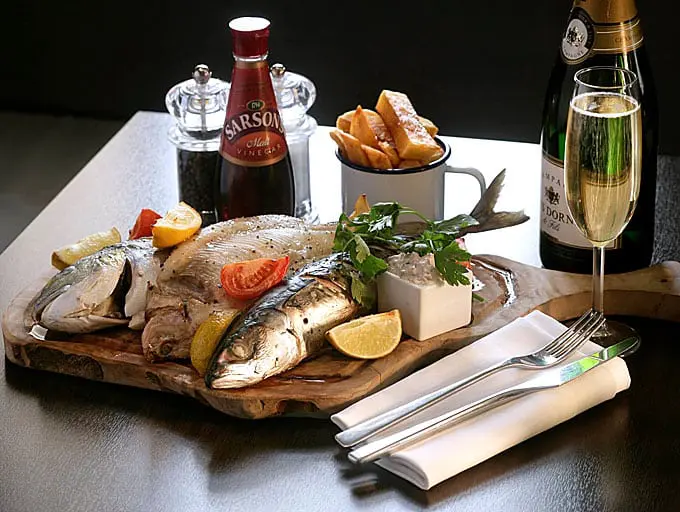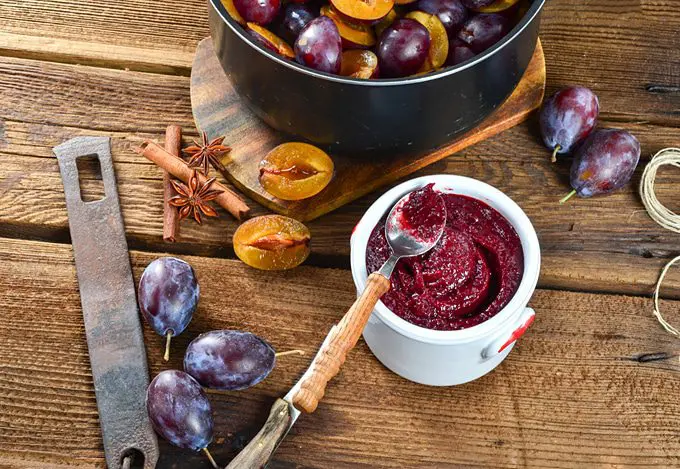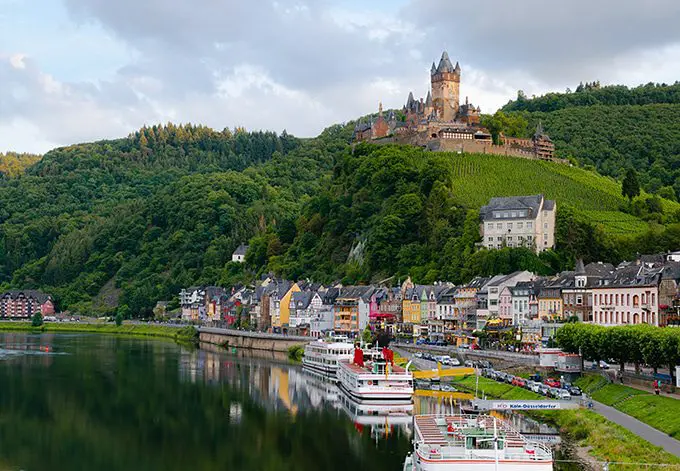words Alana Webb
You’ve probably heard whispers about Blue Zones and how they might just hold the key to living longer, healthier, and fuller lives. These are the places in the world where people not only live well into their 90s and 100s, but they do so while staying active and sharp. The best part? Their diets aren’t based on some exotic, hard-to-pronounce superfood but on simple, everyday meals. So, what makes these diets different, and how can you apply them to your own life? Let’s dive in.
What Exactly is a Blue Zone?
Blue Zones are regions where people live longer than the global average, and they don’t just add years to their lives—they add life to their years. These areas include Okinawa in Japan, Sardinia in Italy, Nicoya Peninsula in Costa Rica, Ikaria in Greece, and Loma Linda in California. Their secret? A combination of plant-based diets, social connections, daily movement, and a strong sense of purpose.
But if you’re thinking it’s all about genetics, think again. While DNA does play a role, their lifestyles—and, more specifically, their diets—are where the magic really happens. By focusing on real, whole foods and avoiding processed junk, Blue Zone diets keep people feeling vibrant and energetic and even sleep better at night.
Why Mediterranean Vibes are Where It’s At
If you’ve ever scrolled through Instagram and seen endless praise for Mediterranean diets, there’s a reason why. It’s a diet that mimics the heart of Blue Zone eating. We’re talking fresh vegetables, fruits, whole grains, olive oil, and minimal meat. The Mediterranean meal prep service trend is exploding because it offers that same fresh, health-packed goodness without the hassle of doing it all yourself. Think of it as a shortcut to Blue Zone living.
This style of eating doesn’t just make you feel great; it’s also backed by science. Studies show that those who follow Mediterranean-style diets have a lower risk of heart disease, stroke, and even some cancers. Plus, it’s delicious. Who wouldn’t want to dig into a bowl of fresh pasta with olive oil, herbs, and a sprinkle of feta?
And the best part? It’s not restrictive. Instead of counting calories or obsessing over portion sizes, Blue Zone diets focus on the quality of food and mindful eating. You’re encouraged to savor your meals, eat with friends or family, and stop when you’re full. This stands in stark contrast to fad diets that have us eliminating entire food groups or surviving on shakes. Eating should be enjoyable—and in Blue Zones, it is.
Plant Power: The Heart of the Diet
At the center of Blue Zone diets is a heavy focus on plant-based eating. Beans, legumes, whole grains, fruits, and vegetables are the MVPs here. While most of us might think of “plant-based” as a buzzword that involves smoothies and salads, Blue Zone regions make it a natural part of life. It’s not about going vegan or cutting out all animal products; it’s simply about shifting the balance.
In Okinawa, for example, sweet potatoes are a staple, while Sardinians love their fava beans. Each region has its own unique twist, but the common thread is clear—plants rule the plate. Meat, when it’s consumed, is more of a side act than the star of the show. And this way of eating is linked to lower rates of inflammation, which is a key driver of many chronic illnesses.
Mindful Movement and Social Vibes
It’s not just about what’s on the plate—it’s also about how they live. Blue Zone communities embrace the natural, daily movement. You won’t find people hitting the gym for an hour of intense cardio or logging endless miles on the treadmill. Instead, they move naturally throughout the day, whether it’s walking, gardening, or cooking.
Alongside movement, there’s a huge emphasis on social connection. Meals are eaten with others, not in front of a screen or alone. Sharing food, laughter, and stories fosters a sense of community and belonging that boosts mental health. And here’s the kicker: it’s a major factor in their longevity. Those deep social connections can lower stress, improve mood, and even reduce the risk of dementia.
The Blue Zone Formula: Simplicity Wins
One of the most refreshing things about Blue Zone diets is their simplicity. There’s no need for elaborate meal plans or expensive ingredients. Instead, it’s about getting back to basics—eating foods that are local, seasonal, and unprocessed.
Blue Zone meals are full of flavor but don’t rely on tons of spices or added sugars. Instead, natural flavors from ingredients like olive oil, lemon, garlic, and herbs take center stage. Whether it’s a fresh salad with a squeeze of citrus or a warm soup filled with vegetables, these meals are proof that eating healthy doesn’t have to be complicated.
And if you’re someone who’s tired of meal-prep burnout, taking inspiration from Blue Zone eating might just be the relief you need. Focus on prepping simple, nourishing meals rather than overwhelming yourself with complicated recipes. Plus, you’re helping your body stay healthy in the long run.
Eat Like a Centenarian
So, can you really eat your way to a longer life? The people in Blue Zones seem to be living proof. Their diets, rooted in whole, plant-based foods and mindful eating, are a far cry from restrictive diets that leave you feeling deprived. By embracing some of their habits—whether it’s swapping out processed snacks for veggies or using a Mediterranean meal prep service to save time—you can move closer to a lifestyle that nourishes not only your body but also your soul.
The real beauty of Blue Zone eating is that it’s more than a diet—it’s a way of life. A life where meals are shared with loved ones, where food is savored, and where health and happiness go hand in hand. So why not take a page out of their playbook? After all, who wouldn’t want to live a longer, fuller life?





